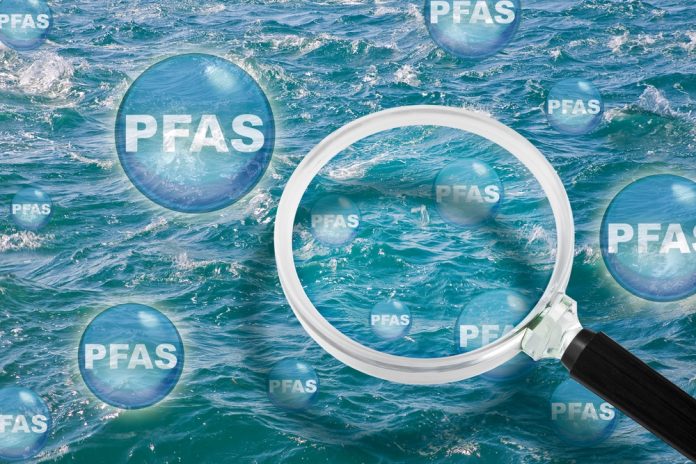Experts at UC Riverside have discovered a species of microbes that can effectively combat harmful forever chemicals.
The environmental engineering team has identified microorganisms that belong to the genus Acetobacterium that may provide an effective weapon against forever chemicals.
These microorganisms are commonly found in wastewater environments worldwide and may help develop low-cost treatment for contaminated drinking water sources.
Why are forever chemicals dangerous?
Forever chemicals, also known as per- and polyfluoroalkyl substances (PFAS), are a group of artificial chemicals used in various industrial and consumer products for their water, grease, and stain-resistant properties.
These chemicals are termed “forever” due to their extreme persistence in the environment and resistance to natural degradation. Their stubbornly strong carbon-fluorine chemical bonds contribute to their environmental persistence.
PFAS have been used since the 1940s in products such as non-stick cookware, water-repellent clothing, stain-resistant fabrics, and firefighting foams.
Due to their widespread use and durability, PFAS are now found globally in water, soil, air, and even in the blood of humans and animals.
The dangers of PFAS are significant and multifaceted. Firstly, exposure to PFAS has been linked to numerous health issues.
Studies have associated PFAS with liver damage, thyroid disease, decreased fertility, increased cholesterol levels, obesity, hormone suppression, and cancer, particularly kidney and testicular cancer.
These chemicals can accumulate in the body over time, leading to long-term health effects even with low-level exposure.
Environmental contamination is another major concern. PFAS can leach into groundwater from industrial sites, landfills, and firefighting activities, leading to widespread water pollution.
This contamination is challenging to remediate due to the chemicals’ persistence and mobility in water sources. Wildlife is also at risk, as PFAS can accumulate in the tissues of animals, potentially leading to harmful effects on ecosystems and food chains.
Given their persistent nature and associated health risks, regulatory agencies are increasingly focusing on monitoring and limiting PFAS emissions.
However, their widespread presence and resistance to breakdown make addressing the challenges posed by forever chemicals a complex and ongoing task.
Now, new research suggests that certain microbes can leave their stubborn fluorine-to-carbon bonds.
Breakthrough in PFAS degradation
“This is the first discovery of a bacterium that can perform reductive defluorination of PFAS structures,” said Yujie Men, corresponding author of the study and an associate professor at UCR’s Bourns College of Engineering in the Department of Chemical and Environmental Engineering.
Men noted that the bacteria were only effective on unsaturated PFAS compounds, which contain double carbon-to-carbon bonds.
However, the study also identified specific enzymes in these bacteria that are crucial for breaking the carbon-fluorine bonds. This discovery allows bioengineers to potentially enhance these enzymes to target other PFAS compounds.
“If we understand the mechanism, we might find similar enzymes based on the identified molecular traits and screen out more effective ones,” Men explained.
“Additionally, by designing new enzymes or altering this known enzyme based on our mechanistic understanding, we could make it more efficient and capable of working with a broader range of PFAS molecules.”
Last year, Men published a paper identifying microorganisms that cleave the carbon-chlorine bond in chlorinated PFAS compounds, triggering substantial spontaneous defluorination and destroying these pollutants.
The recent discovery significantly expands the range of PFAS compounds that can be biologically degraded.









